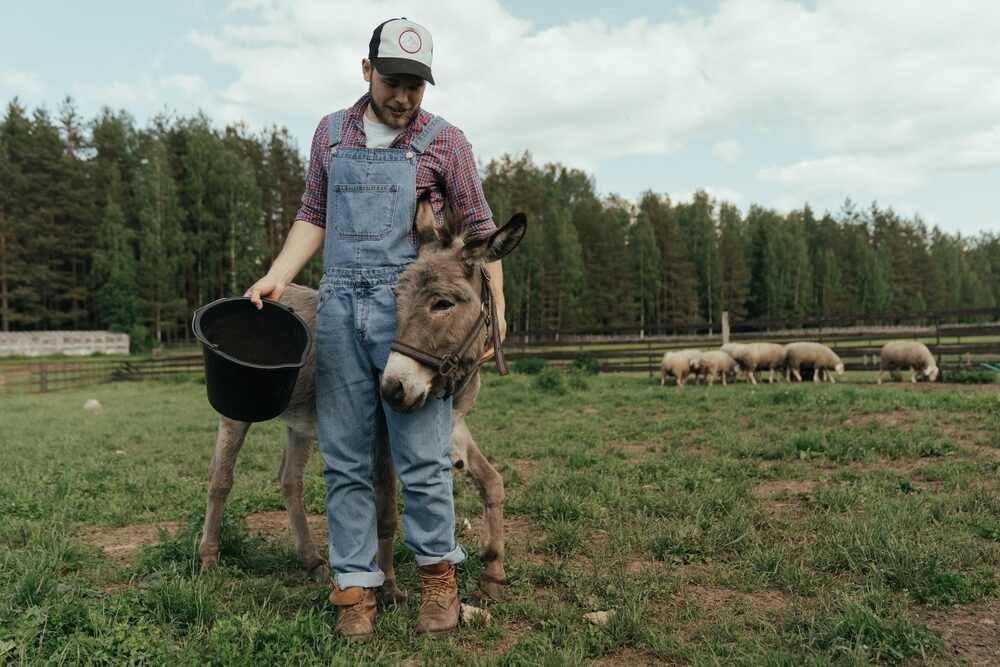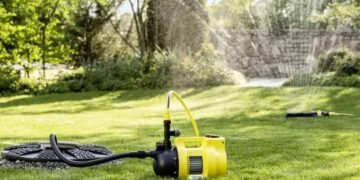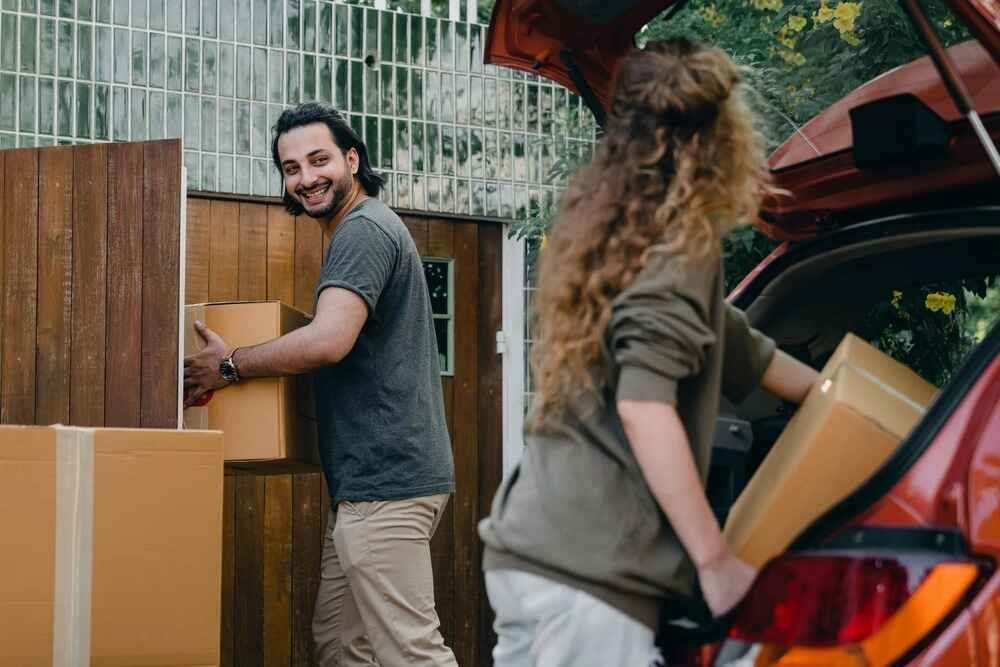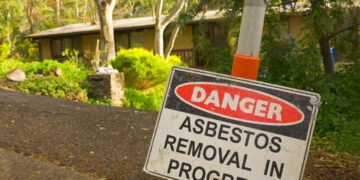Homesteading refers to an emerging lifestyle characterized by undertaking household projects to achieve self-sufficiency in aspects like food and energy. The pandemic’s social distancing guidelines and the rising prices of necessary commodities make this lifestyle more attractive and lead to a rise in its popularity.
If you wish to start a homestead but don’t know where to start, this guide to sustainable homesteading is for you. For more information on homesteading, check out this resource.
Research and set goals.
One of the things you should do before anything else is identify your homesteading goals. What do you hope to achieve by homesteading? Do you aim to produce enough food to sustain your family’s everyday consumption? Do you wish to earn income from your homestead by selling produce? Do you have plans to include energy production in your homesteading projects?
After setting your goals, research the activities you can do to achieve them. Evaluate your resources on hand. Is your existing land large enough to accommodate your potential projects? Consider factors such as your property’s overall climate, soil, and irrigation, as these factors will dictate the magnitude and extent of the homesteading projects you can do. To start, you can research the following topics:
- Basics of gardening: which plants grow best in the type of land you have, their growing season, and how to take care of them
- Livestock raising: type and number of livestock to rear based on the available space, their sustenance, and appropriate housing
- Food preparation and preservation: how to harvest produce properly and how to store them so they will last long
Most importantly, ask your family’s opinion on this lifestyle shift since they will have to commit to it as much as you do.
Plan and prioritize your projects.
Once you have the relevant information, start planning the homesteading projects you want to carry out. Planning will help you save time and money by ensuring you have a clear direction to follow.
You can start by brainstorming all the projects you want to accomplish. After listing all the projects you plan to do, categorize the items into needs and wants. Prioritize those classified as needs, such as the projects directly connected to your immediate survival. Some projects you can start with are:
- Planting a vegetable and herb garden: You can begin by plotting your vegetable area and preparing the seeds you will plant
- Starting a compost pile or bin for your garden: Compost provides additional nourishment for your plants. Composting also helps reduce food waste by using them as compost material instead of throwing them into the trash bin.
- Raising small livestock such as chickens: Poultry can provide meat and eggs. Depending on your space available, you can make them a coop or enclose them in poultry netting to protect them from predators.
Additionally, identify whether you have the necessary resources to maintain or complete the projects. If you currently do not have the resources to complete a project, you can postpone that project for later.
After prioritizing your projects, create a realistic timeline of your homesteading activities. Write your plans on paper and post them where you can see them.
Create a budget and stick to it.

One factor that motivates people to start homesteading is to reduce overall expenses by being self-sufficient. Thus, budgeting usually goes hand in hand with homesteading.
Begin by keeping track of your household’s current cash flows, such as income and expense flows. Use this information as a basis for creating your budget. Include in your budget fixed expenses such as mortgage payments, variable ones such as utility bills, and provisions for unexpected expenses such as medicines and household maintenance.
Set aside part of your budget for your homesteading projects. You can minimize spending by finding alternative materials instead of buying brand-new ones. For example, you can use egg trays as a container for your seedlings. You can also make your own compost instead of buying it. For things you can’t avoid buying, there are other ways to save, such as timing your purchases during sales or using coupons and promo codes upon checkout.
Remember to stick to your budget, even if your income far outweighs your expenses in a given period. You can deposit this extra income in a savings account for use during emergencies.
Begin your homesteading journey.
Once you have done all the necessary preparations, you can start your homesteading journey. As you gain more experience and knowledge in homesteading, you can adopt sustainable practices in other aspects of your life, including:
- Making your clothes: You can learn to knit or sew your clothes. If you want to take it a step further, you can produce fiber from goats and sheep.
- Off-the-grid living: Producing energy for your household can be done through the installation of home energy-generating equipment such as solar panels and home wind turbines
Final Words
Homesteading requires great effort. It can be exhausting and overwhelming. To avoid burnout, carry out your projects one at a time. Remember that consistency is always the key and that effort equals reward. You’ll be surprised at how far you’ve come when you look back.
Recommended Posts:















